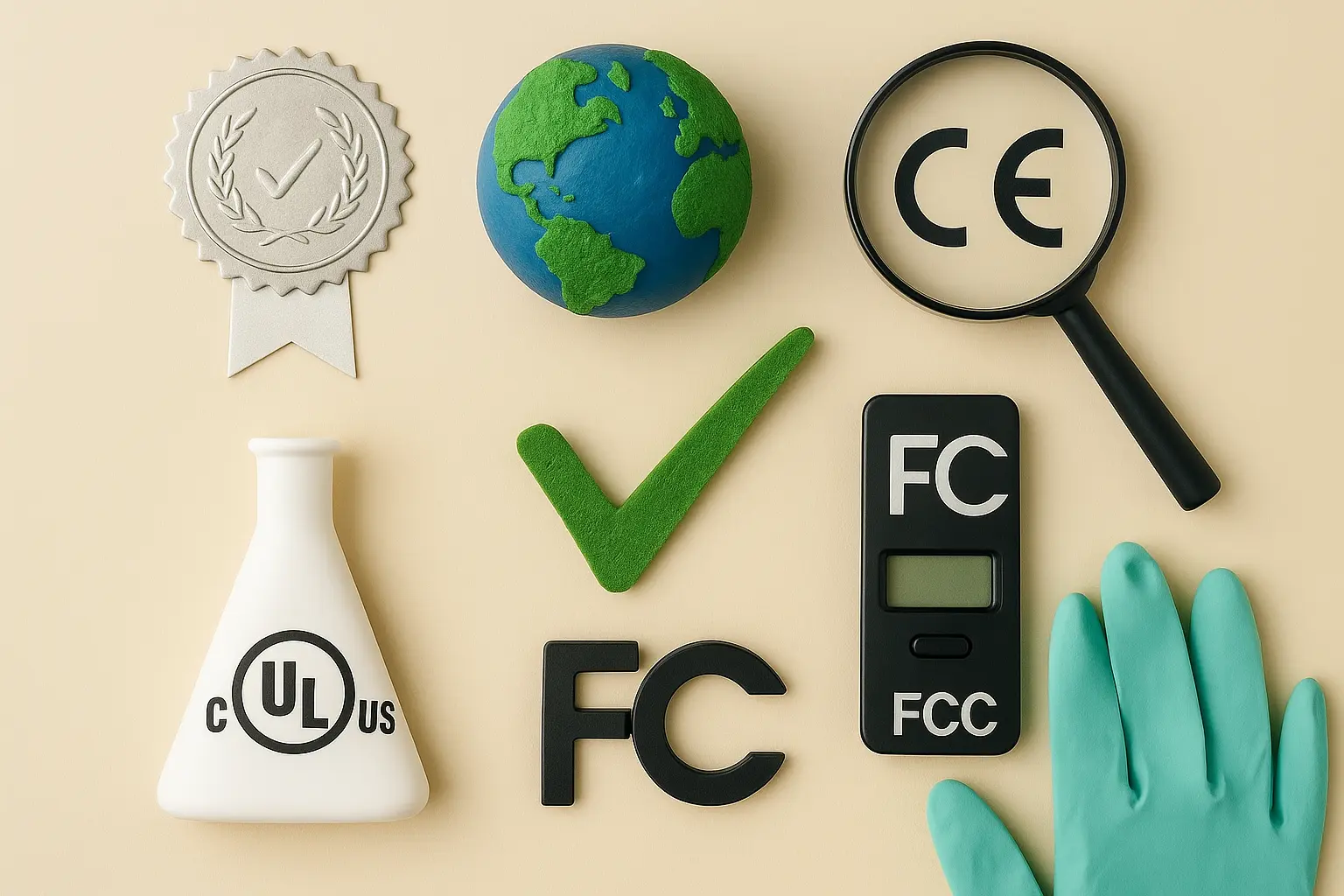Radiation Resistant Product Certification
The demand for products that can withstand harsh environmental conditions has grown significantly in recent years. One of the most challenging environments is exposure to high levels of radiation, which can be found in various sectors such as aerospace, nuclear power plants, and space exploration. In these environments, materials used must have the ability to resist degradation due to radiation-induced damage.
Radiation-resistant product certification ensures that products meet specific standards for durability under irradiation conditions. This certification is essential because it guarantees reliability and performance in critical applications where failure could lead to severe consequences. The testing process involves exposing specimens to controlled amounts of gamma or neutron radiation, simulating real-world exposure levels.
The International Electrotechnical Commission (IEC) provides relevant standards for assessing the resistance of electronic components and devices to ionizing radiation. These include IEC 60728 for electrical apparatus, IEC 61554-3 for power semiconductors, and others that cover specific aspects like semiconductor junctions or printed wiring boards.
The process typically begins with a detailed review of the product's design to identify key components likely to be affected by radiation. From there, samples are prepared according to manufacturer specifications, ensuring they represent typical usage conditions as closely as possible.
Once ready, these samples undergo irradiation in specialized facilities capable of delivering precise doses over defined time periods. After treatment, the performance of each sample is evaluated against pre-established criteria set forth by applicable standards. This evaluation may include electrical tests, visual inspections, and other relevant methods depending on the nature of the product being tested.
After successful completion of all required evaluations, a certificate of compliance is issued indicating that the product has passed radiation resistance testing according to specified levels. Such certification provides assurance not only to manufacturers but also to end-users who rely on these products for their operations.
Customer Impact and Satisfaction
- Enhanced Reliability: With radiation-resistant product certification, customers can be assured that the products they purchase will function reliably even in extreme environments. This reduces downtime and maintenance costs associated with premature failures.
- Increased Safety: By ensuring that critical components meet stringent radiation resistance requirements, this service helps protect personnel working in hazardous locations from potential risks posed by faulty equipment.
The process of obtaining such certification also enhances customer confidence. Knowing that their supplier has taken the necessary steps to ensure product integrity fosters long-term relationships based on trust and reliability. Moreover, compliance with recognized international standards adds credibility to both the manufacturer's reputation and its offerings.
For quality managers responsible for ensuring adherence to industry norms, having access to this type of certification simplifies compliance audits and helps maintain high-quality standards across all aspects of production processes. Similarly, procurement teams can leverage this information when selecting suppliers whose products meet stringent performance expectations under challenging conditions.
International Acceptance and Recognition
The importance of radiation-resistant product certification extends beyond national boundaries due to its universal applicability across different industries. Many international standards organizations, including IEC, have established guidelines aimed at standardizing how products are tested for their ability to withstand irradiation.
IEC 60728 is particularly relevant as it specifies the procedures for determining the radiation resistance of electrical apparatus. It covers various types of equipment such as transformers, circuit breakers, and other components crucial in power systems exposed to high levels of ionizing radiation. Similarly, IEC 61554-3 provides detailed instructions on testing power semiconductors like diodes, transistors, and thyristors used extensively within nuclear facilities.
Other international bodies also contribute to this field through their respective standards. For example, ASTM D7082 addresses the radiation resistance of plastics and composites commonly employed in aerospace applications where lightweight materials are required but must still endure intense radiation fields during missions.
The global nature of these standards ensures that products certified according to them will be accepted worldwide, facilitating cross-border trade and collaboration between countries involved in space exploration or nuclear energy projects. This universal acceptance increases the market reach for manufacturers offering radiation-resistant solutions while reducing barriers to entry into new markets.
Competitive Advantage and Market Impact
- Innovation Leadership: By adopting rigorous testing protocols like those used in radiation-resistant product certification, companies can stay ahead of competitors by continuously improving their products' capabilities to meet evolving demands.
- Premium Brand Image: Successfully achieving this certification enhances a brand's reputation among consumers and business partners alike. It signals that the company places premium importance on quality assurance and meeting stringent regulatory requirements.
The competitive landscape within industries reliant upon reliable performance under extreme conditions is fierce, with many firms striving to differentiate themselves through innovation and superior service offerings. Radiation-resistant product certification serves as a key differentiator in this regard by demonstrating an organization's commitment to excellence.
From a business perspective, achieving this certification can open up new opportunities for growth. For instance, suppliers who hold such certifications may find themselves preferred partners by customers seeking assurance that their products will perform consistently across diverse environments. Additionally, companies with established reputations for quality and reliability are more likely to attract top talent and secure long-term contracts.
On a broader scale, the market impact of radiation-resistant product certification lies in its contribution towards advancing technology capable of operating safely and effectively in challenging conditions. As industries like space exploration and nuclear energy continue to evolve, there will be increasing demand for products that can withstand high levels of irradiation without compromising functionality.
By staying at the forefront of this trend through rigorous testing practices aligned with international standards, companies contribute positively to technological progress while enhancing their own competitive positioning within global markets.





